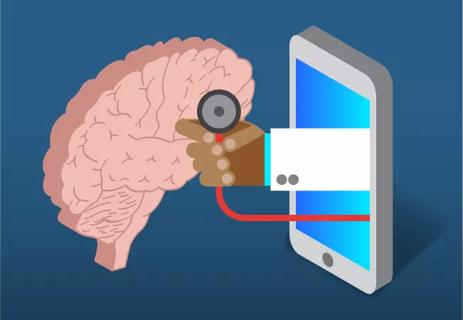Advertisement

Researchers use AI tools to compare clinical events with continuous patient monitoring

Guidance on patient selection, safety surveillance, choosing among agents and more

Combining dual inhibition with anti-PD1 therapy yielded >60% rate of complete tumor regression

Insights on how stereoelectroencephalography is continuing to improve seizure localization
Advertisement
Cleveland Clinic is a non-profit academic medical center. Advertising on our site helps support our mission. We do not endorse non-Cleveland Clinic products or services. Policy

Progress in stereoelectroencephalography for epilepsy surgery evaluation since Cleveland Clinic performed the first U.S. case in 2009

Telemedicine use remains higher than before the pandemic in all groups, but disparities linger

Using multidisciplinary care to address mood changes, mitigate daily stressors

Case study in diagnosing ACNES and finding the right surgical fix

MRI classifier identifies a subset of patients with disease marked by cortical atrophy, not demyelination

Understanding TE involvement is a key to developing new treatments
Advertisement
Advertisement